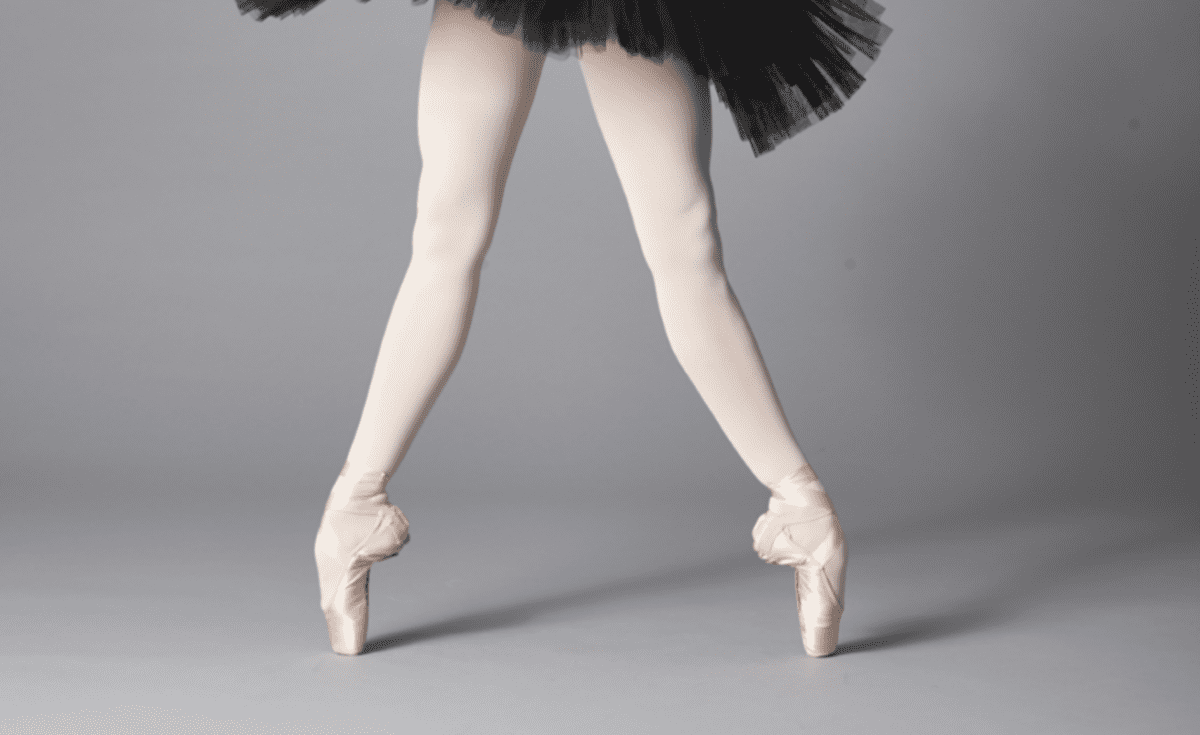Knee injuries are common among most athletes, but they’re especially prevalent among dancers.
In fact, according to one report, of all dancers who had experienced an injury, knee injuries were the most common, affecting 40.4 percent of dancers who were surveyed.
Whether you’re a dancer who is currently dealing with a knee injury or a dancer who wants to do everything they can to prevent a knee injury, keep reading.
Explained here is everything you need to know about preventing and treating knee injuries while dancing.
Common Knee Injuries for Dancers
Because they do so much jumping and other movements that place pressure on the knees, it’s not at all uncommon for dancers to experience knee injuries. Some of the most common knee injuries that affect dancers include:
-
Patellofemoral Syndrome: This occurs when the cartilage between the patella and femur begins to wear down. It’s characterized by pain when jumping or doing plié-type motions.
-
Meniscal Tears: There are two C-shaped pieces of cartilage on the inside of the knee joint known as the meniscus. If this cartilage is torn, you may experience pain, swelling, or a “locking up” feeling.
-
MCL Tears: The medial collateral ligament is located on the inside of the knee. It’s often caused by repeating jumping or a sudden twisting movement or direction change.
-
ACL Tears: The anterior cruciate ligament is located on the front of the knee. ACL tears typically occur when you land from a jump or perform a movement that involves a quick direction change.
-
Patellar dislocation: This occurs when the patella slips out of position and can’t slide back in. It often happens when dancers land incorrectly from a jump or change directions suddenly.
-
Patellar tendonitis: This injury occurs when the tendon that connects the patella to the tibia becomes irritated and inflamed.
How to Prevent Knee Injuries
As you can see, there are a lot of things that can go wrong with a dancer’s knees. Luckily, there are also a lot of things you can do to prevent knee injuries. Some of the best preventative steps you can take include:
-
Stay hydrated and eat healthfully so your body has the nutrients it needs to recover from the general wear and tear of your classes.
-
Get plenty of rest in between classes so your muscles and other soft tissues can repair themselves.
-
Wear appropriate shoes and attire.
-
Warm up properly before every class and performance.
-
Strengthen the muscles in the hips and core so you have better support and stability, especially when you’re landing from a jump.
Cross-training is also important for dancers. When you cross train and focus on strengthening your muscles, you’ll be less injury prone. Good cross-training exercises for dancers include pilates, yoga, running, cycling, and swimming.
Weightlifting is also helpful. Many female dancers are afraid to lift because they’re worried they’ll get end up looking bulky.
In reality, though, it takes a lot of work for women to gain muscle. Unless you’re lifting very heavy weights and eating in a caloric surplus (eating more than you burn), your chances of bulking up are minimal.
How to Treat Knee Injuries
If you’re already dealing with one of the knee injuries mentioned above, or suspect that you are, it’s important to take steps to treat it and keep it from getting worse. Don’t just push through the pain and hope for the best.
Some specific treatment options you can utilize include:
-
Alternate between ice and heat in between classes and performances. This will help minimize pain, swelling, and stiffness.
-
Wear a knee brace or IT band strap during your classes; proper knee support during exercise can help you maintain alignment and avoid making the injury worse.
-
Implement strengthening and mobility exercises into your routine to help strengthen the muscles around your injured knee so they can better support it.
It’s also important to remember that, sometimes, the best treatment option is to simply take a break. Sit out a few classes or performances and give your knee time to fully heal. It can be hard to do, but if you take this approach, you’ll be able to come back stronger than before.








